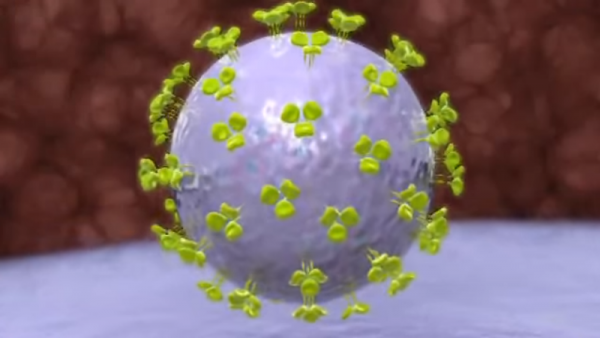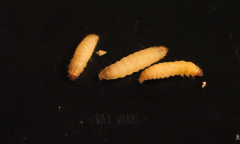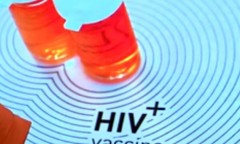By KM Diaz, | May 02, 2017

The new findings indicate a significant step in developing a permanent treatment for HIV infection. (YouTube)
Researchers from the University of Pittsburgh and Lewis Katz School of Medicine at Temple University (LKSOM) were able to eliminate the HIV DNA from the genomes of living animals to prevent further infection using gene editing technology known as CRISPR/Cas9.
The researchers conducted a study in three animal models, in which they include a "humanized" model. In here, the mice were transplanted with human immune cells and infected with the virus to show how HIV-1 replication can be eliminated from cells of infected animals through CRISPR.
Like Us on Facebook
The research was based on the proof-of-concept published in 2016. In the previous study, the researchers worked on a transgenic mouse and rat models with HIV-1 DNA built into the genome of every tissue in the body of the animals. They have shown how to eliminate the targeted fragments of HIV-1 from the genome in the tissues of experimental animals.
Wenhui Hu, MD, Ph.D., lead author of the study, says that their new research is more comprehensive. The data from their previous work was confirmed and their gene editing strategy has improved. The strategy was also more effective with two additional mouse models, the first represents acute infection in the cells of the mouse, while the other one represents latent or chronic infection in the cells of the human.
The HIV-1 in transgenic mice was inactivated to reduce the RNA expression of viral genes by 60 to 95 percent. After that, they measured the system in acute mice infected with EcoHIV - the equivalent of human HIV-1.
Kamel Khalili, Ph.D., one of the authors of the study, explains that HIV actively replicates during the acute infection. They analyzed the ability of CRISPR to stop viral replication and prevent systemic infection in mice with EcoHIV, in which the strategy reach 96 percent and the first evidence to provide how HIV-1 eliminated through preventive treatment with a CRISPR.
Next, the researchers utilized single treatment with CRISPR/Cas9. The viral fragments successfully removed from latently infected human cells implanted in mouse tissues and organs.
The researchers used a recombinant adeno-associated viral (rAAV) vector control system based on a subtype known as AAV-DJ/8 in all three animal models. Hu explains that AAV-DJ/8 subtype connects multiple serotypes for a wider range to target the cells while performing CRISPR/Cas9. The previous gene editing apparatus was also re-engineered to offer a set of four guide RNAs, all created to efficiently remove integrated HIV-1 DNA of host cell genome and prevent possible HIV-1 mutational escape.
The team measured levels of HIV-1 RNA and used a new live bioluminescence imaging method to identify the success of the strategy. The imaging system pinpoints the temporal and spatial location of HIV-1-infected cells in the body to let the researchers observe HIV-1 replication in real-time and to search for HIV-1 reservoirs in latently infected cells and tissues.
Khalili also said that their new findings indicate a significant step in developing a permanent treatment for HIV infection. Their next research likely involves primates for a more fit animal model where HIV infection produces disease to further show the removal of HIV-1 DNA in latently infected T cells and other sites for HIV-1 such as brain cells. Khalili further added that their goal is a clinical trial in human patients.
-
Use of Coronavirus Pandemic Drones Raises Privacy Concerns: Drones Spread Fear, Local Officials Say

-
Coronavirus Hampers The Delivery Of Lockheed Martin F-35 Stealth Fighters For 2020

-
Instagram Speeds Up Plans to Add Account Memorialization Feature Due to COVID-19 Deaths

-
NASA: Perseverance Plans to Bring 'Mars Rock' to Earth in 2031

-
600 Dead And 3,000 In The Hospital as Iranians Believed Drinking High-Concentrations of Alcohol Can Cure The Coronavirus

-
600 Dead And 3,000 In The Hospital as Iranians Believed Drinking High-Concentrations of Alcohol Can Cure The Coronavirus

-
COVID-19: Doctors, Nurses Use Virtual Reality to Learn New Skills in Treating Coronavirus Patients










